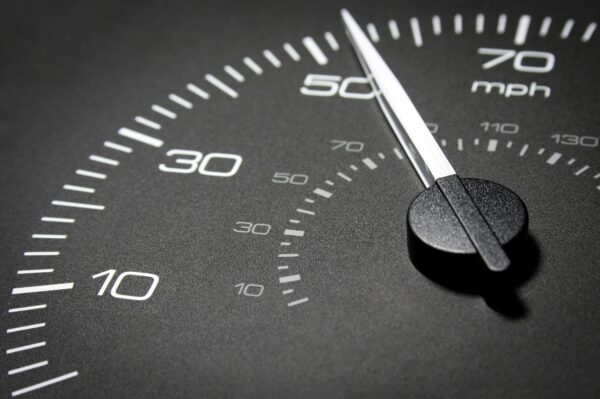
Don’t DIY – You Could Risk Damaging Your Engine
As with anything you do in life, it’s worth knowing the risks before you get started. Incorrectly removing or installing spark plugs can cause damage to your engine. Also, care needs to be taken when removing spark plug wires, especially if you plan to reuse them.
It’s possible to damage the threads inside the engine when installing the spark plug. And that can be a costly mistake. Also, the engine must be cool before removing the spark plugs or thread damage may result. , if dirt or debris gets into the spark plug well, it can get into the engine, causing damage, as well.
Finally, if you install the wrong sized spark plugs, the tips can make contact with the pistons inside the engine, leading to extensive damage.
DIY – You’ll Learn a New Skill
While the level of difficulty varies from car to car, if you do decide to DIY, you’ll end up learning a useful new skill. Replacing your spark plugs by yourself is a great way to learn more about your car and build confidence in your car maintenance abilities. While you’re under the hood, you can take a look at other components of the engine. Take this time to inspect items like the air filter and fluids like the engine oil, coolant, and brake fluid.
Don’t DIY – You’ll Need to Properly Check the Spark Plug Gap
Some spark plugs come pre-gapped, while others require you set the gap yourself. Even on plugs that come gapped, it’s a good idea to double-check the gap before installing the plugs. A smaller than normal gap will cause a weak spark and poor ignition of the air/fuel mixture. If the gap is too wide, the spark plug will not spark properly. The recommended gap is usually printed in your owner’s manual. To check and/or adjust the gap, you’ll need a gapping tool or feeler gauge.



